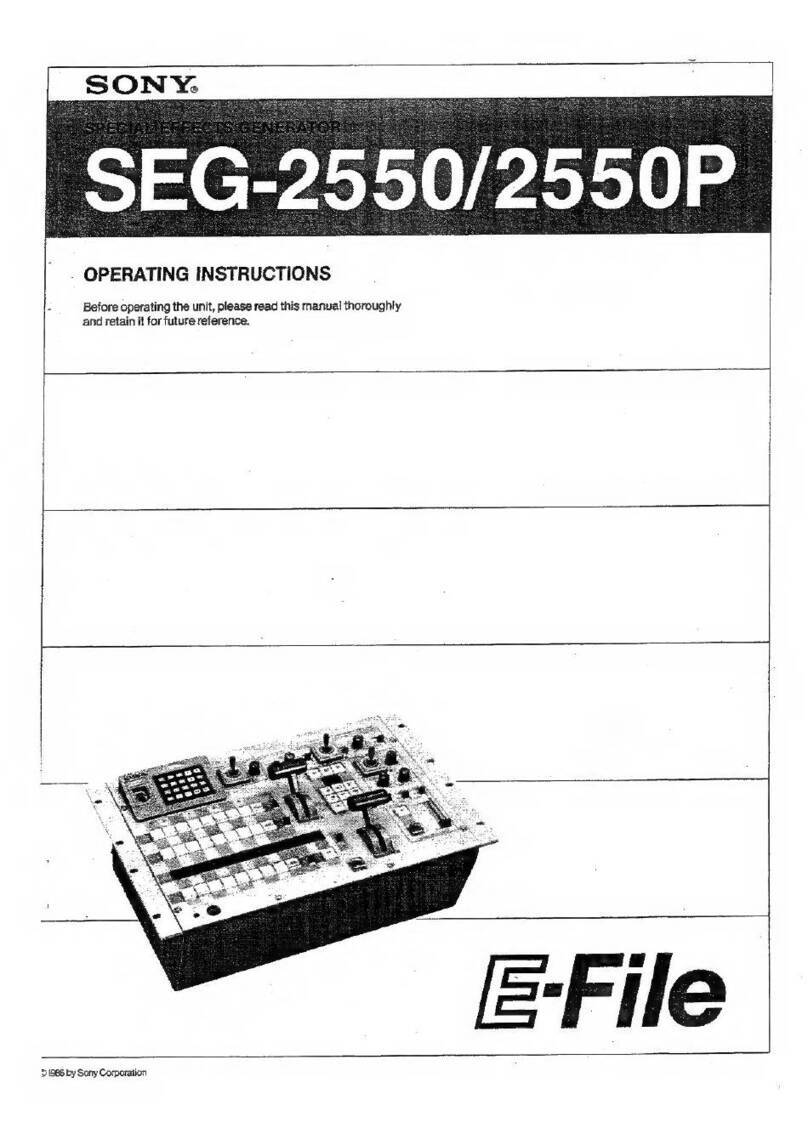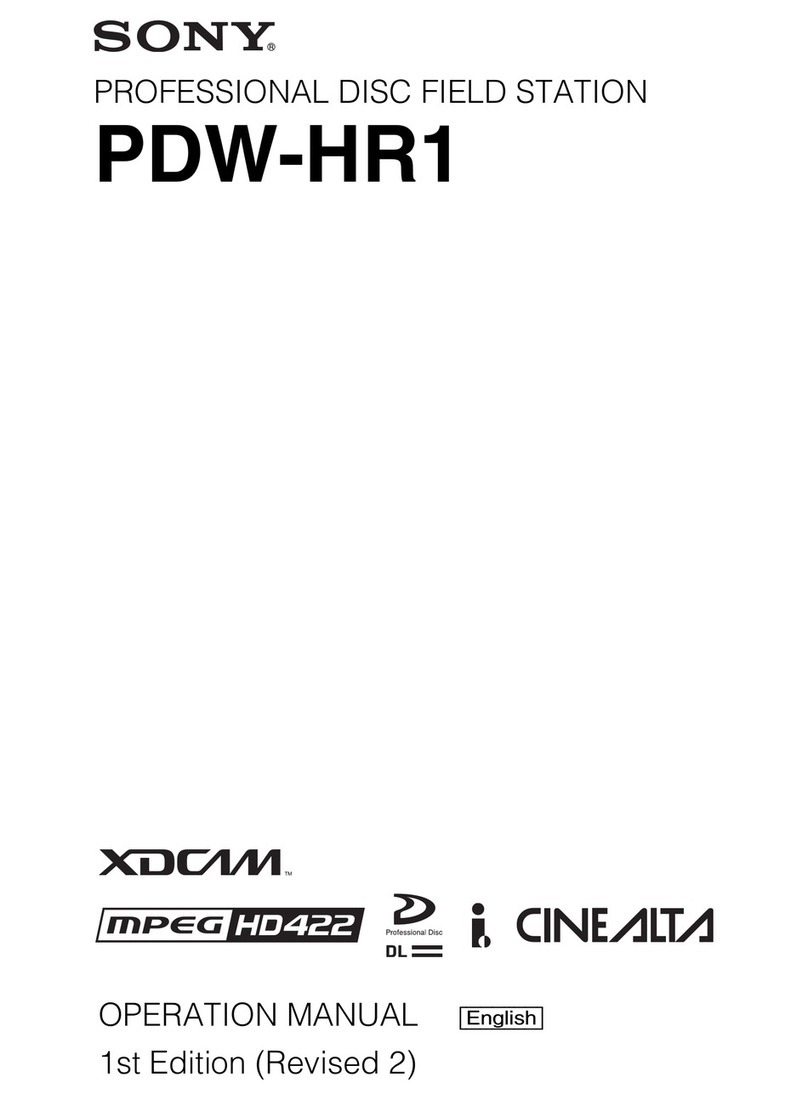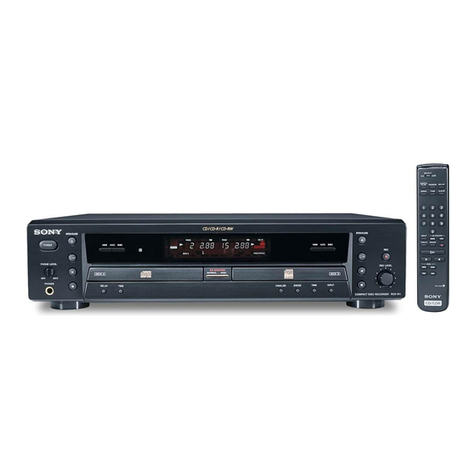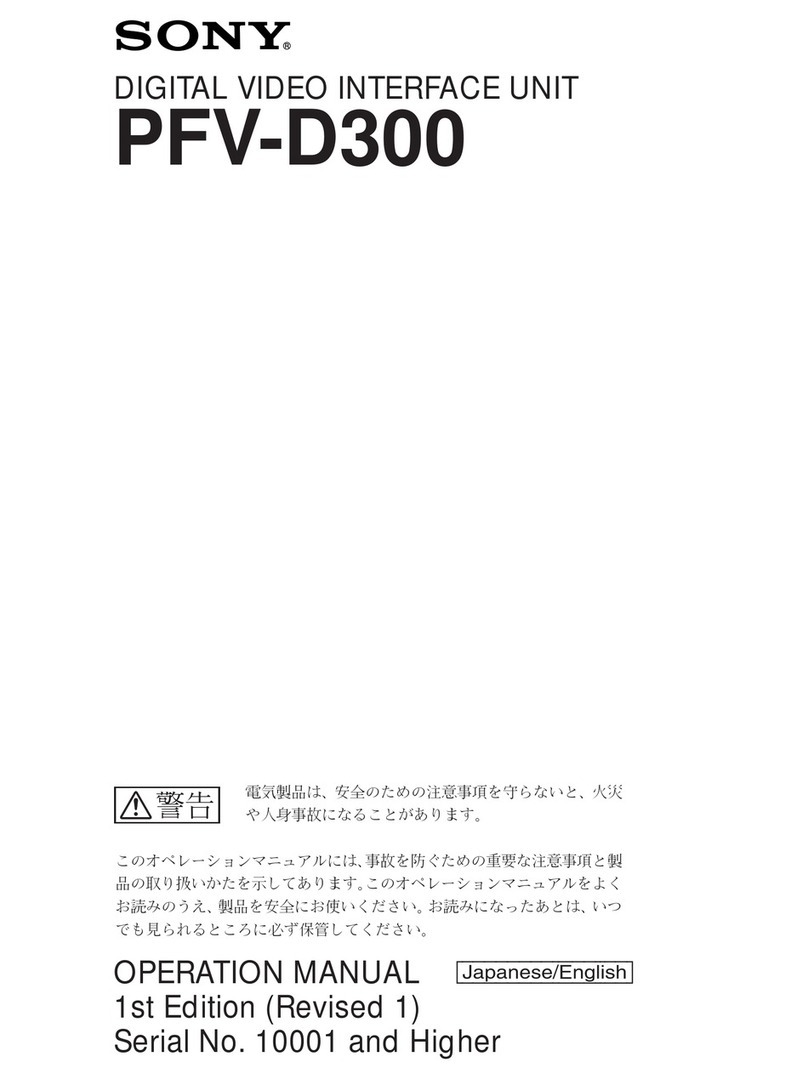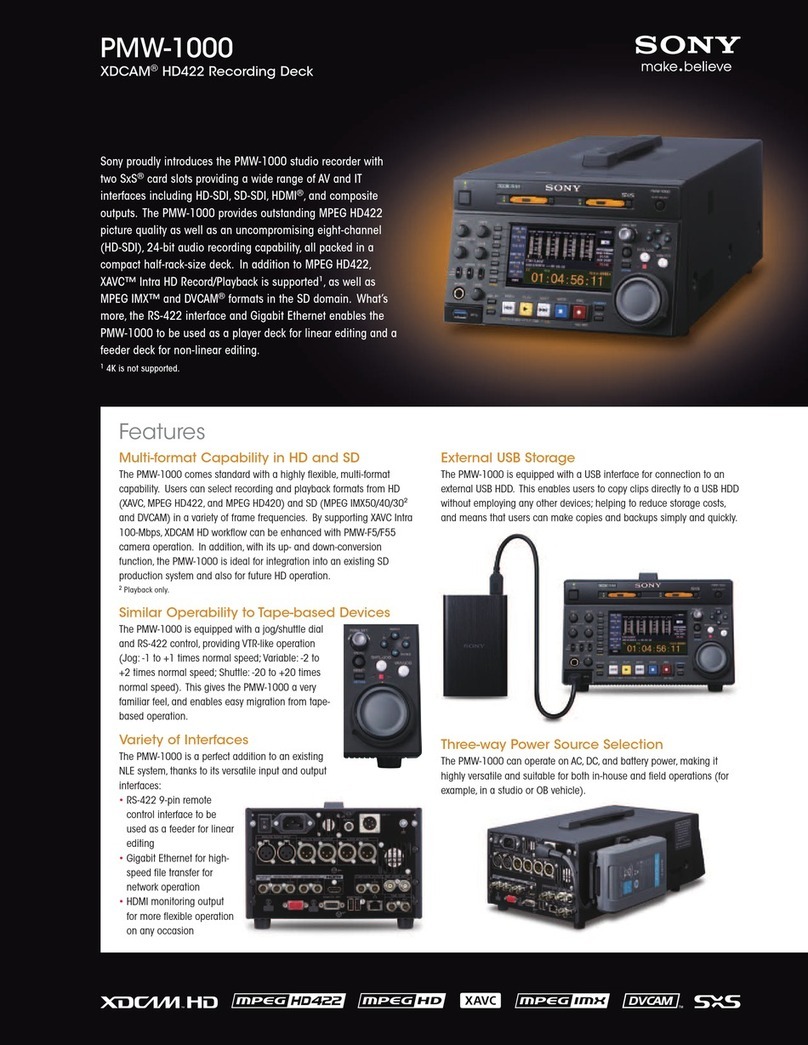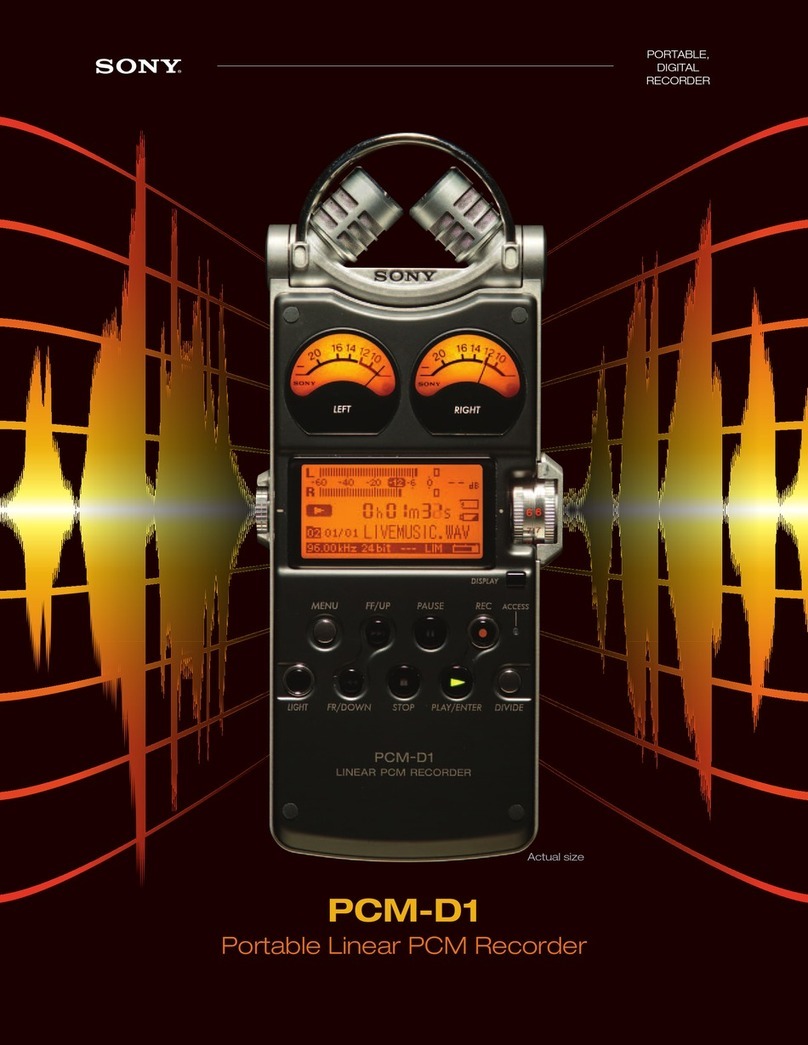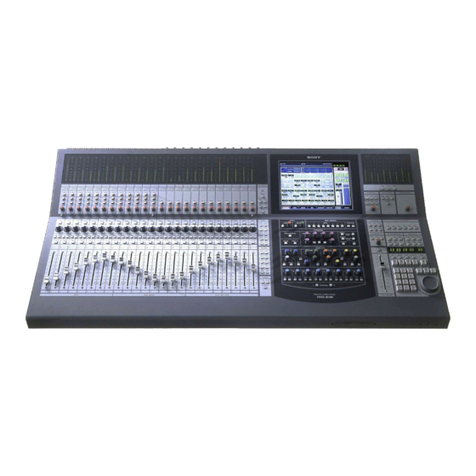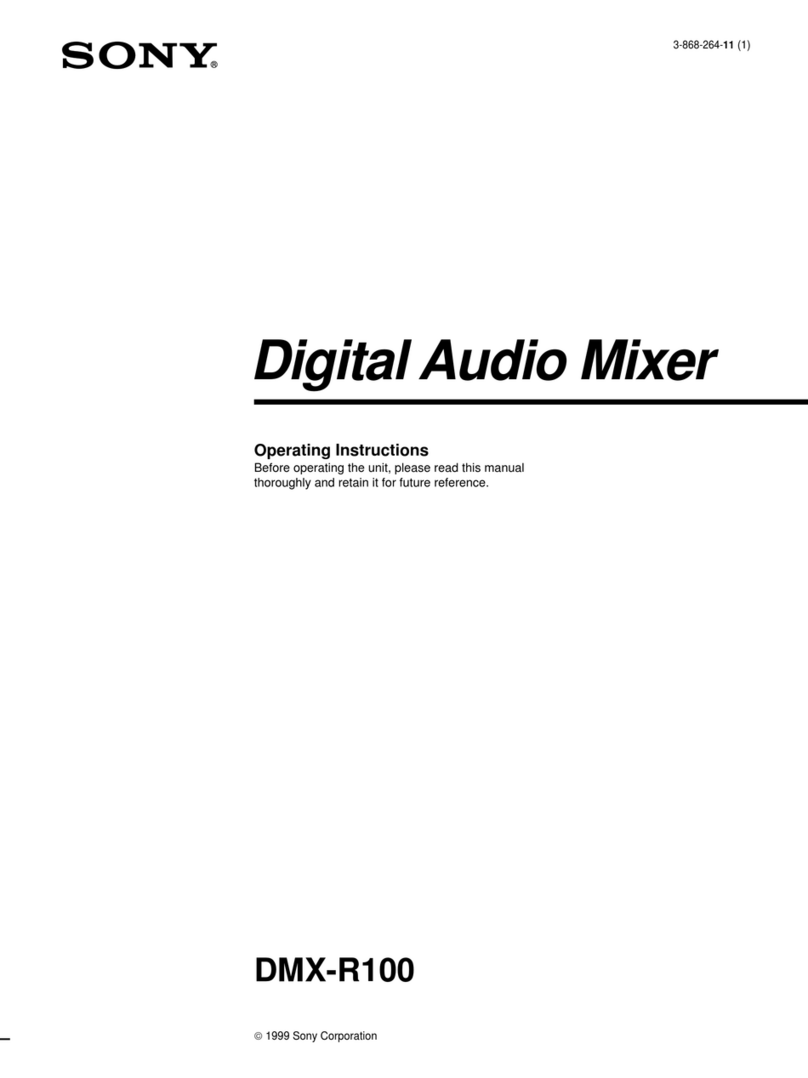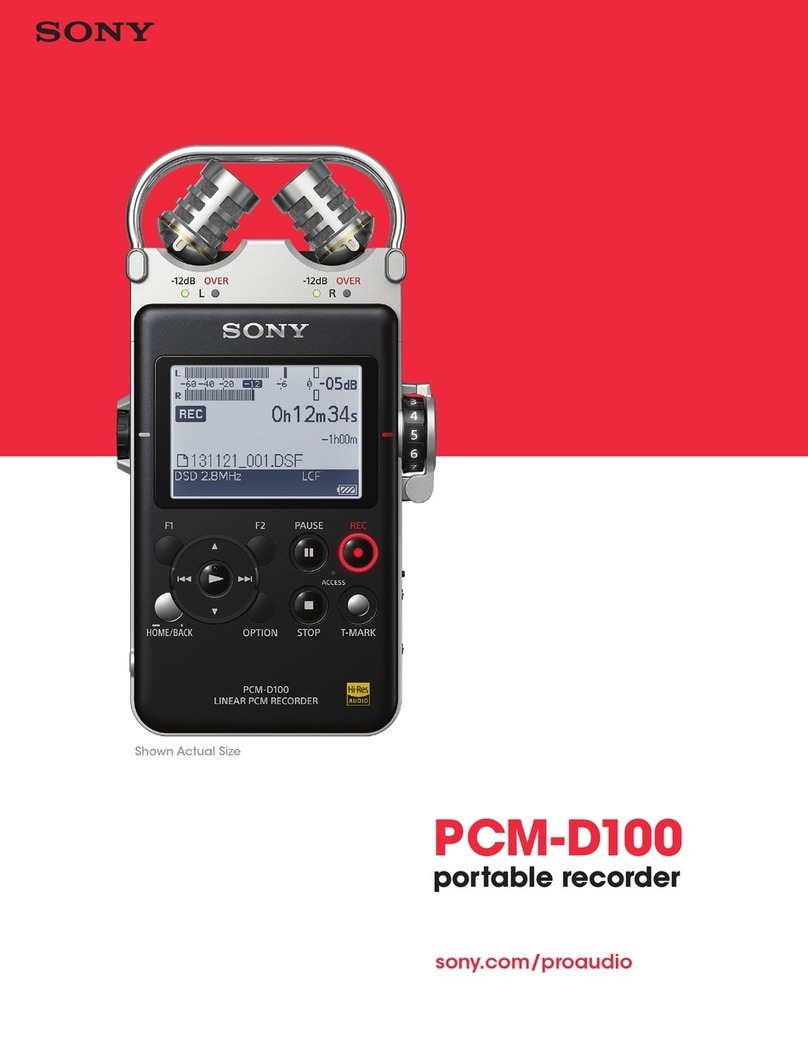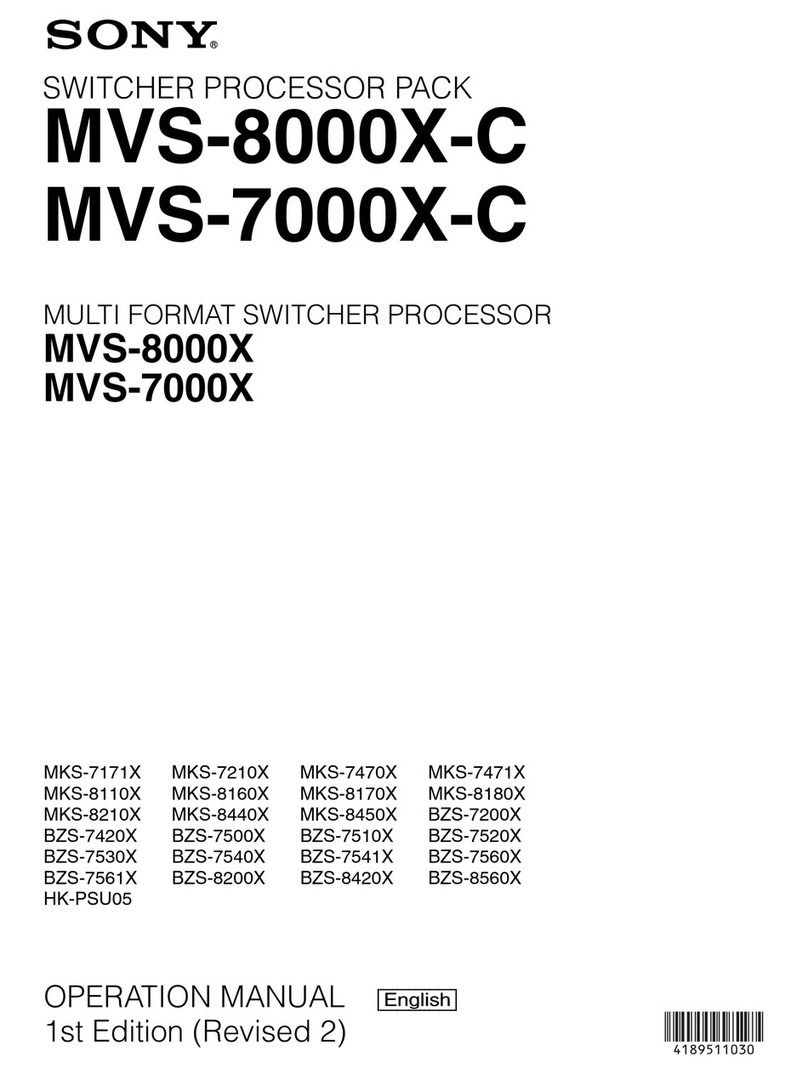3
RCD-W2000ES
TABLE OF CONTENTS
1. SERVICING NOTE .......................................................... 4
2. GENERAL .......................................................................... 5
3. DISASSEMBLY
3-1. Case ...................................................................................... 7
3-2. D-Audio Board, Front Panel ................................................ 7
3-3. Power SW, HP, RM, LED, CD SW and Display Boards ..... 8
3-4. Deck A (CDM53L-30B61M), Deck B (CDM65-RBD2) .... 8
3-5. Deck B Tray ......................................................................... 9
3-6. CDR Board .......................................................................... 9
3-7. Motor ASSY (Loading) (M201) ........................................ 10
3-8. Holder (MG) Sub ASSY, Dust Cover ................................ 10
3-9. Optical Pick-Up (KRM-220CAA) ..................................... 11
3-10.Cam (CH) ........................................................................... 11
3-11.Deck A Fitting Base (Magnet) ASSY ................................. 12
3-12.Clamp Motor Board, Motor (Clamp) ASSY (M701) ......... 12
3-13.Fitting Base (Guide) ASSY, Bracket (Chassis) .................. 13
3-14.Tray (SUB) ......................................................................... 13
3-15.Chassis (Mold B) ............................................................... 14
3-16.Load Motor Board, Motor (Loading) ASSY(M702) ......... 14
3-17.Stocker Section .................................................................. 15
3-18.Slider (Selection), Tension Spring (Shutter),
Slider (Shutter) ................................................................... 15
3-19.Gear (Gear A), Gear (Gear B), Gear (U/D Slider) ............. 16
3-20.Gear (Chucking) ................................................................. 17
3-21.BD Board ........................................................................... 17
3-22.Optical Block Section ........................................................ 18
4. TEST MODE ...................................................................... 19
5. ELECTRICAL ADJUSTMENT ................................... 22
6. DIAGRAMS
6-1. Circuit Boards Location .................................................... 53
6-2. Block diagrams – BD Section – ........................................ 54
Block diagrams – CD-R Section – .................................... 55
Block diagrams – Main Section – ..................................... 56
Block diagrams – Display/Power Section – ..................... 57
6-3. Printed Wiring Board – BD Section – ............................... 58
6-4. Schematic Diagram – BD Section – ................................ 59
6-5. Printed Wiring Board – Senser/Motor/SW Section – ....... 60
6-6. Schematic Diagram – Senser/Motor/SW Section – ......... 61
6-7. Printed Wiring Board – CD-R Section (Side A) – ............ 62
Printed Wiring Board – CD-R Section (Side B) – ............ 63
6-8. Schematic Diagram – CD-R (1/4) Section – ..................... 64
6-9. Schematic Diagram – CD-R (2/4) Section – ..................... 65
6-10. Schematic Diagram – CD-R (3/4) Section – ..................... 66
6-11. Schematic Diagram – CD-R (4/4) Section – ..................... 67
6-12. Printed Wiring Board – MAIN Section (Side A) – ........... 68
Printed Wiring Board – MAIN Section (Side B) – ........... 69
6-13. Schematic Diagram – MAIN (1/2) Section – ................... 70
6-14. Schematic Diagram – MAIN (2/2) Section – ................... 71
6-15. Printed Wiring Board – D-Audio Section – ...................... 72
6-16. Schematic Diagram – D-Audio Section – ........................ 73
7-17. Printed Wiring Board – LED, HP Section –...................... 74
7-18. Schematic Diagram – LED, HP Section – ....................... 75
7-19. Printed Wiring Board – Display, Power Section – ............ 76
7-20. Schematic Diagram – Display, Power Section – ............... 77
7-21. IC Block Diagrams ............................................................ 78
7-22. IC Pin Functions ................................................................ 72
7. EXPLODED VIEWS
7-1. Case Section ........................................................................ 94
7-2. Front Panel Section ............................................................. 95
7-3. Chassis Section ................................................................... 96
7-4. Overall Section (CDM53L-30B61M) ................................. 97
7-5. Chassis (Mold) ASSY Section (CDM53L-30B61M) ......... 98
7-6. Chassis Section (CDM53L-30B61M) ................................ 99
7-7. Base Unit Section (BU-30BBD61M) ............................... 100
7-8. CDM65-RBD2 .................................................................. 101
8. ELECTRICAL PARTS LIST ............................... 102




